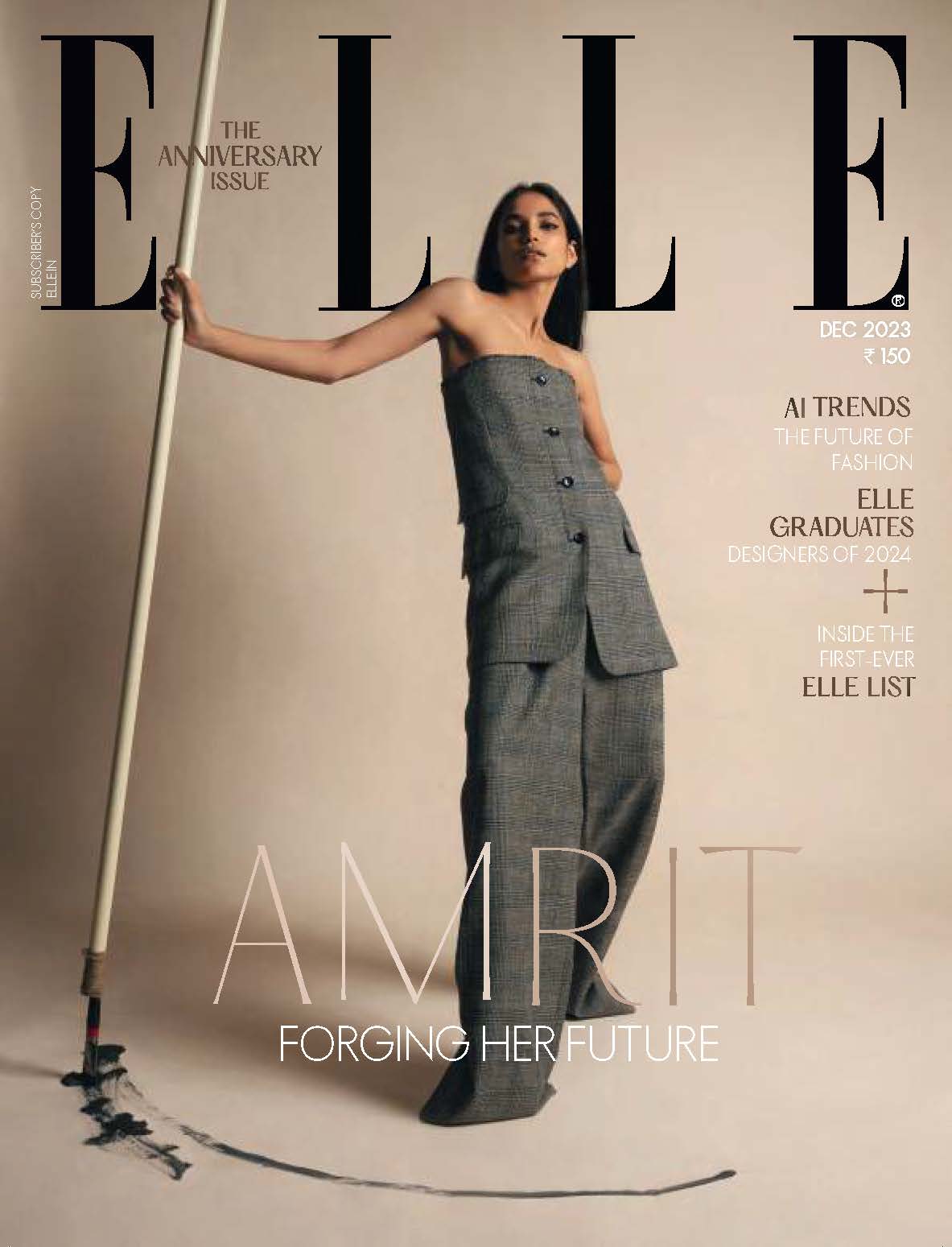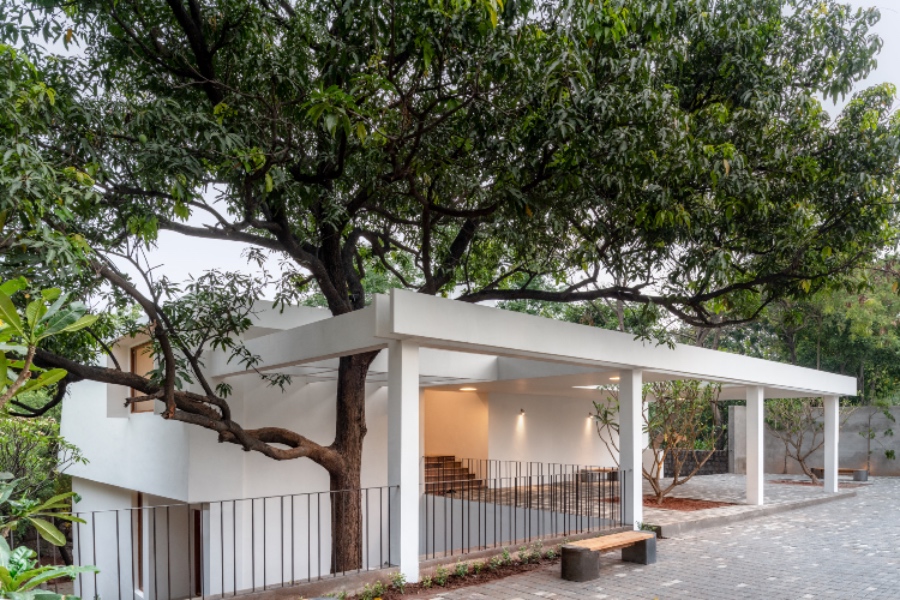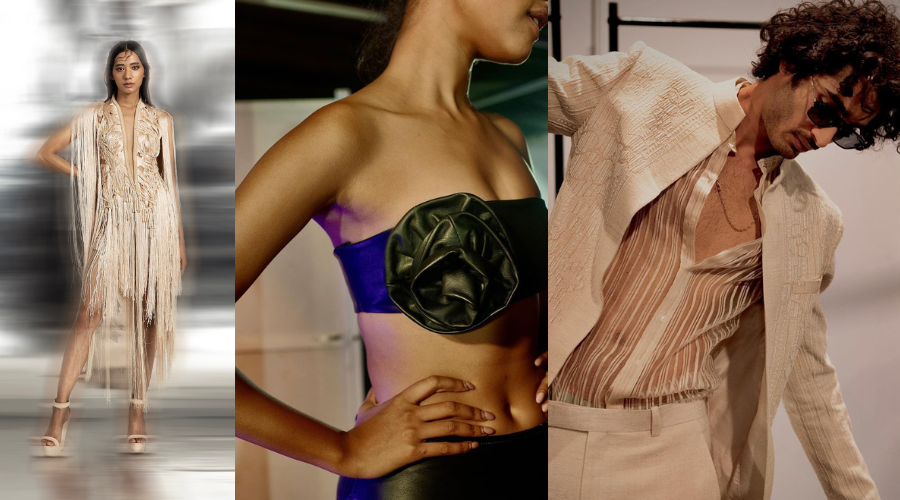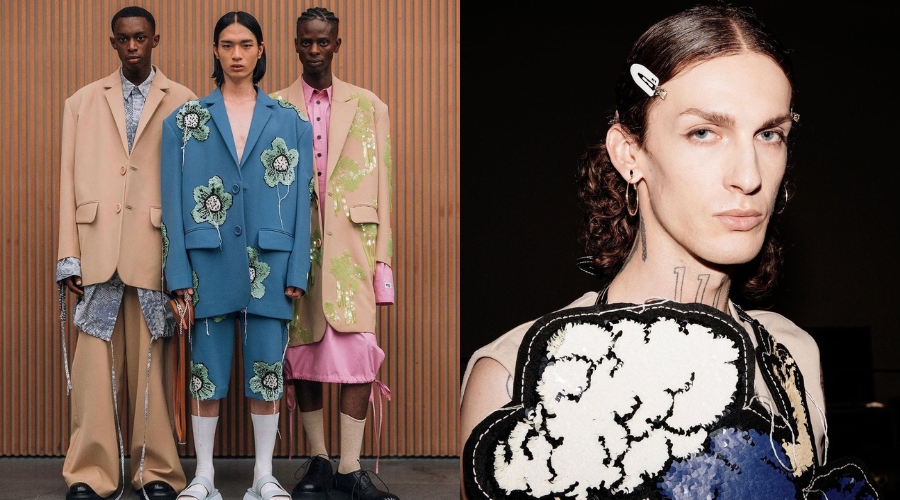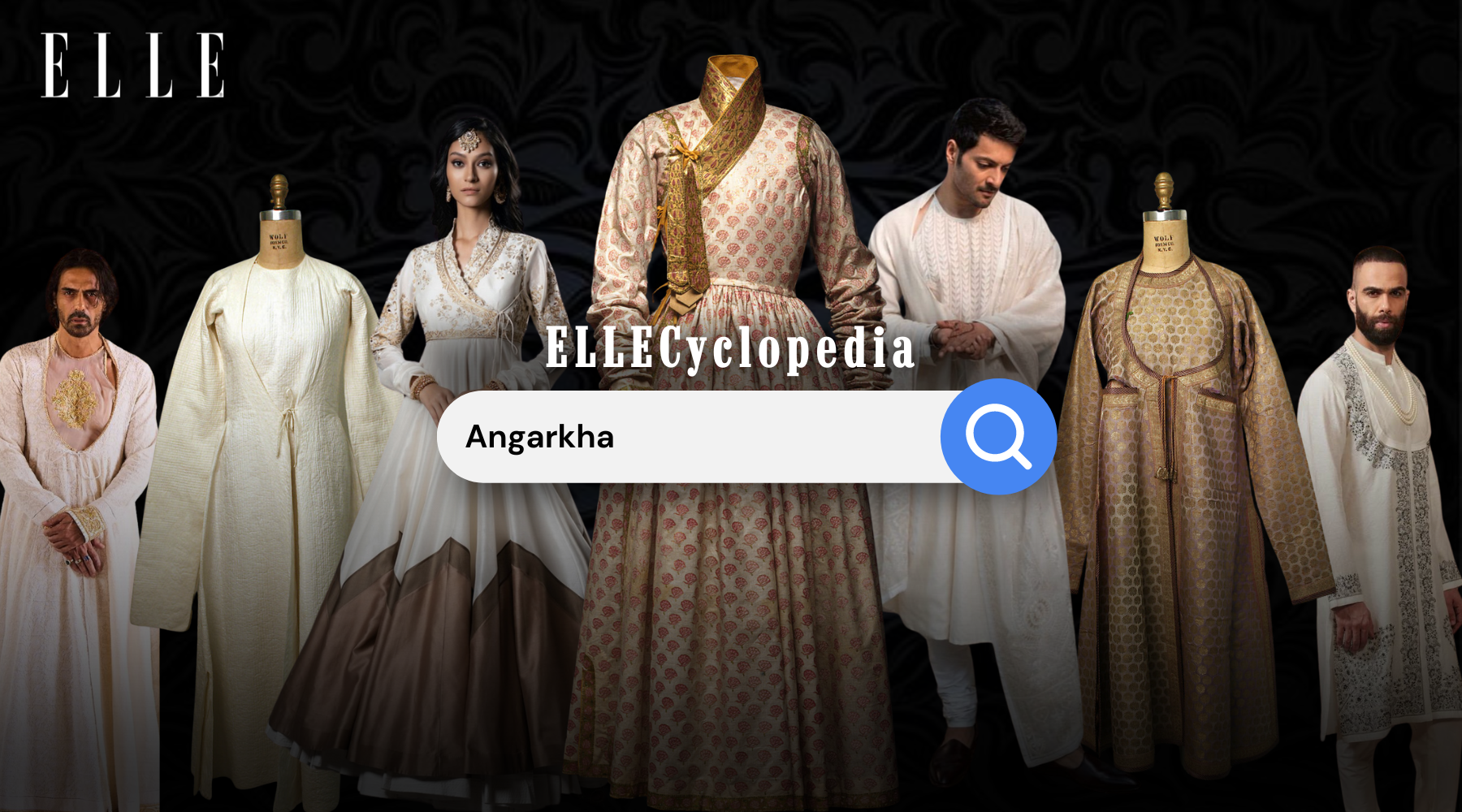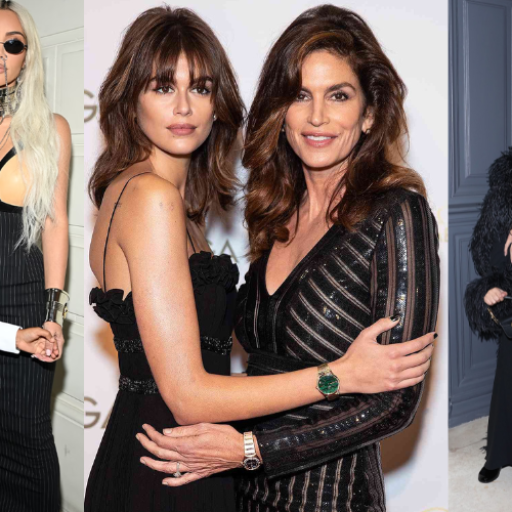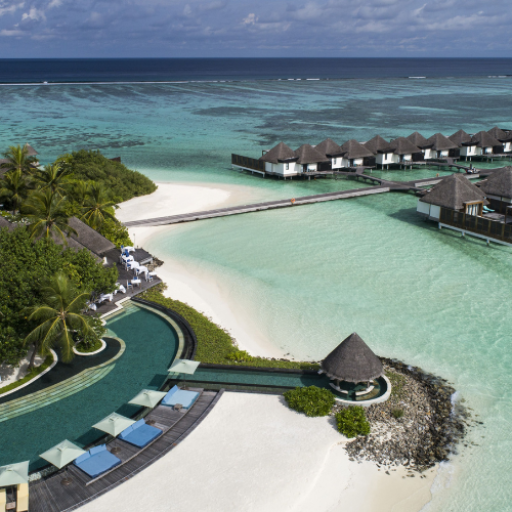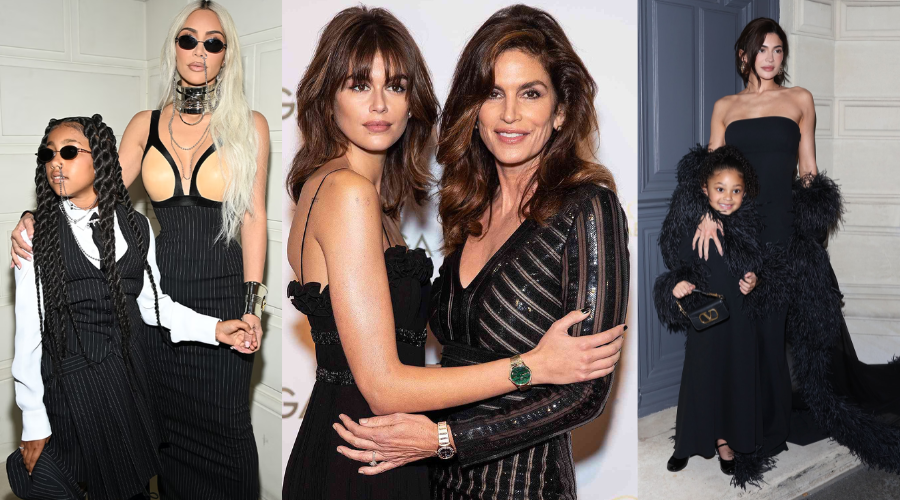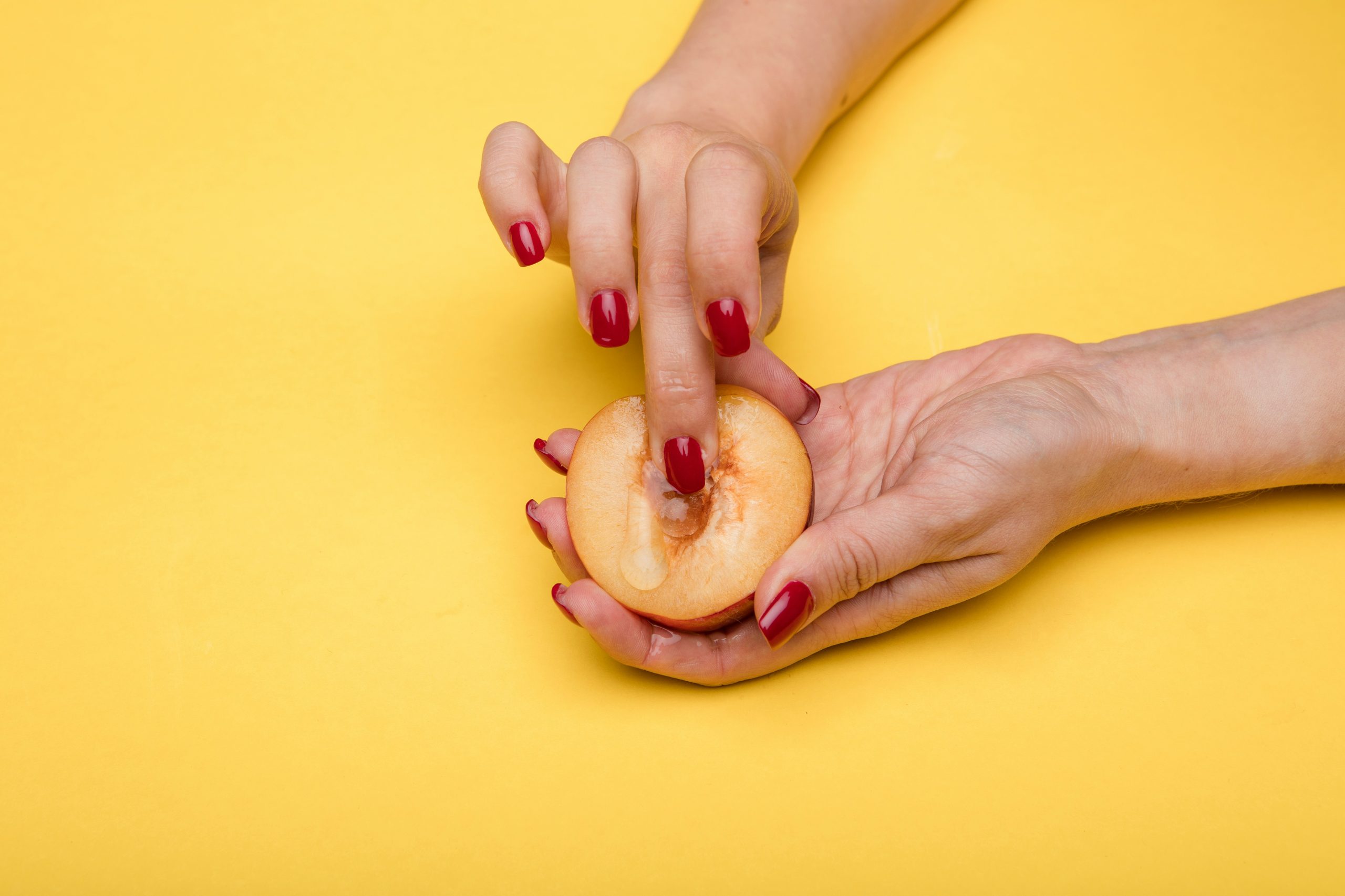One of my favourite things about fashion is that it never goes out of style. See what I did there? Sure, it may take on new forms, intriguing designs, embrace exotic patterns for a hot minute, but the core remains the same. In fact, most of what we witness on runways and trend charts today is typically a resurrected interpretation of a historical look. Take the Angarkha for example.
The term Angarkha, which translates to ‘body protector’ is believed to have originated from Sanskrit from the word Angarakshak and is traditionally worn by men in India as an over garment. Remember the kurtas with a circular front yoke secured centrally and a tie-up detail we so fervently wore in the last decade? Yes, something on the lines of that.

Celebrated Indian designers Abu Jani and Sandeep Khosla are revered for their tasteful usage of age-old silhouettes and the Angarkha happens to be one of them. When asked about the enduring allure of the garment, they stated, “These outer garments were usually worn by male nobility and courtiers. However, we began by making the Angarkha a female couture garment. The romance of it being fastened with strings and not buttons with an inner piece or kurta to cover the chest is timeless and it is incredibly versatile.
It is available in all fabrics and textiles from muslin to Khadi and silk and is fabulous with embroideries from chikan and resham to zardozi and sequins and mirror work. An Angarkha caresses ones curves and is fitted at the waist. Waist down it exudes volume. A truly magical silhouette that is eternally relevant for both men and women, to this day.”
History Of The Angarkha
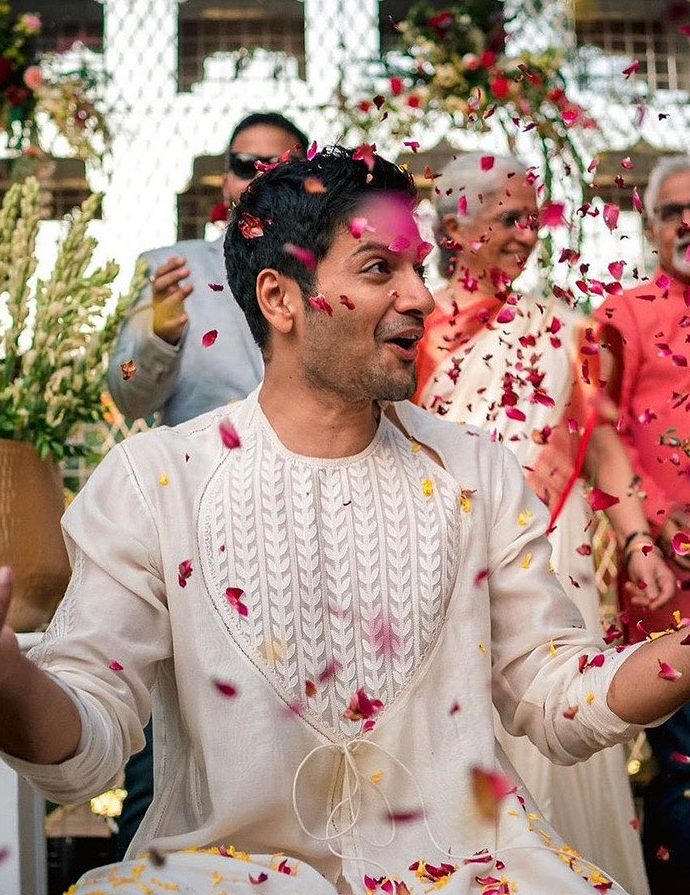
Although this fashion trend is thought to have started in Rajasthan, it’s also sometimes stated that Angarkhas originated during the Mughal era. In contrast to the Jama, evidence from sculpture and other works of art indicates that this silhouette was present in India even before the Islamic influence. Again, unlike the Jama, it is still well-liked and preferred in India today, despite regional variations in length and cut.
There are other variations of the Angarkha that are specific to certain regions. For example, the Kediya, worn in Gujarat, is waist length and pleated at the chest. Indian fashion designers have embraced the style with gusto, creating designs for both genders.

Expanding more on the silhouette, Rakesh Thakore from Abraham & Thakore added, “The Angarkha a garment of the Awadh court worn by the Nawabs and the courts of Rajasthan which are made in a range of fabrics from fine muslin to brocades and velvets. This has now been seen as a garment for both women and men which are forever evolving from traditional to modern silhouettes. Works as a versatile coverup that can dress up an outfit to create multiple looks with pieces from your wardrobe.” Seems like the hype will still persist regardless of the topsy-turvy nature of our trend cycles. And we’re really glad about that.
With ELLECyclopedia, we aim to demystify terms from the world of fashion, beauty and pop culture. If such deep dives pique your interest, stay tuned as we’re exploring the origins of many such interesting words. In the meantime, you can also read about ‘The Rachel Haircut.’
